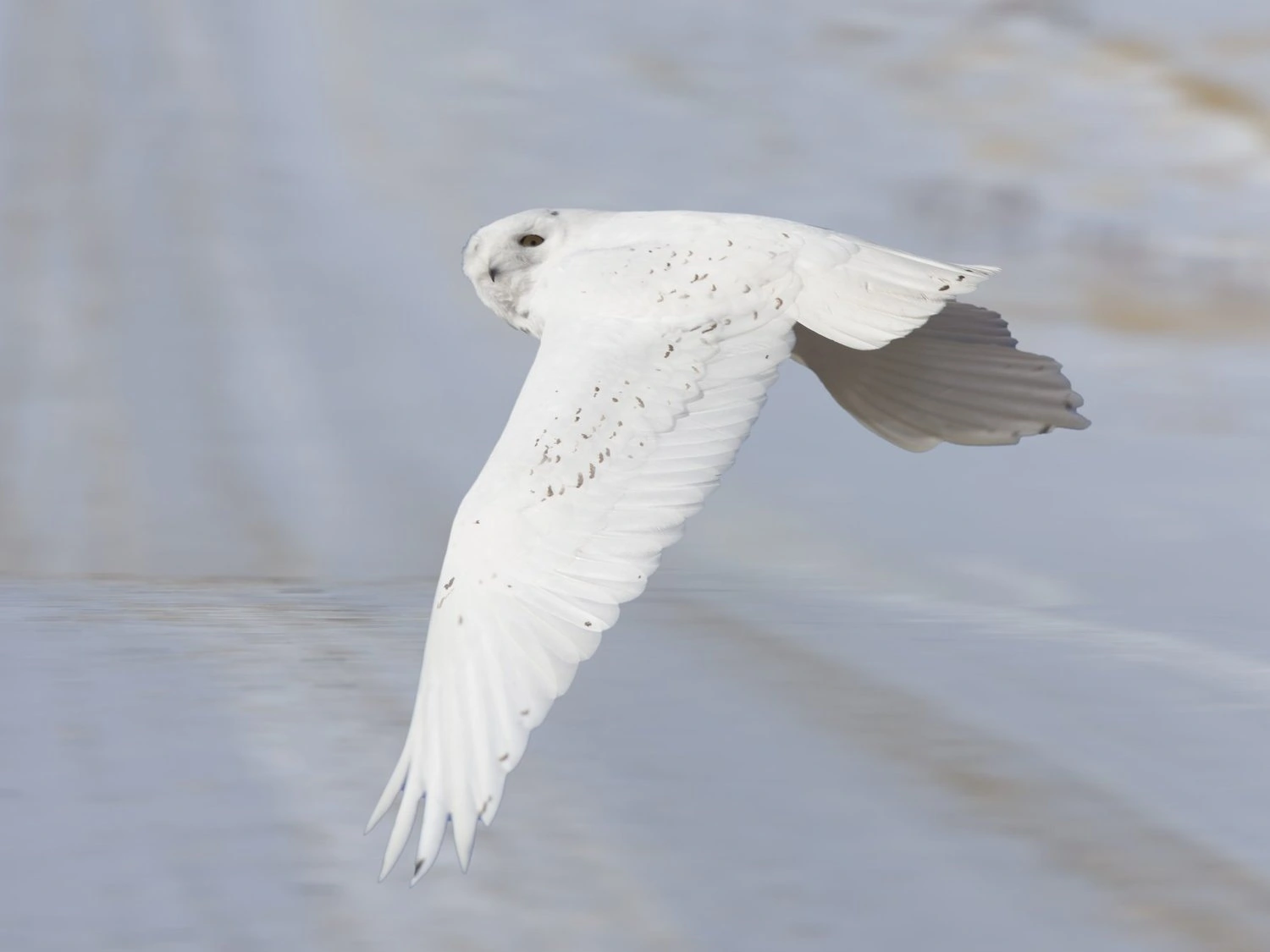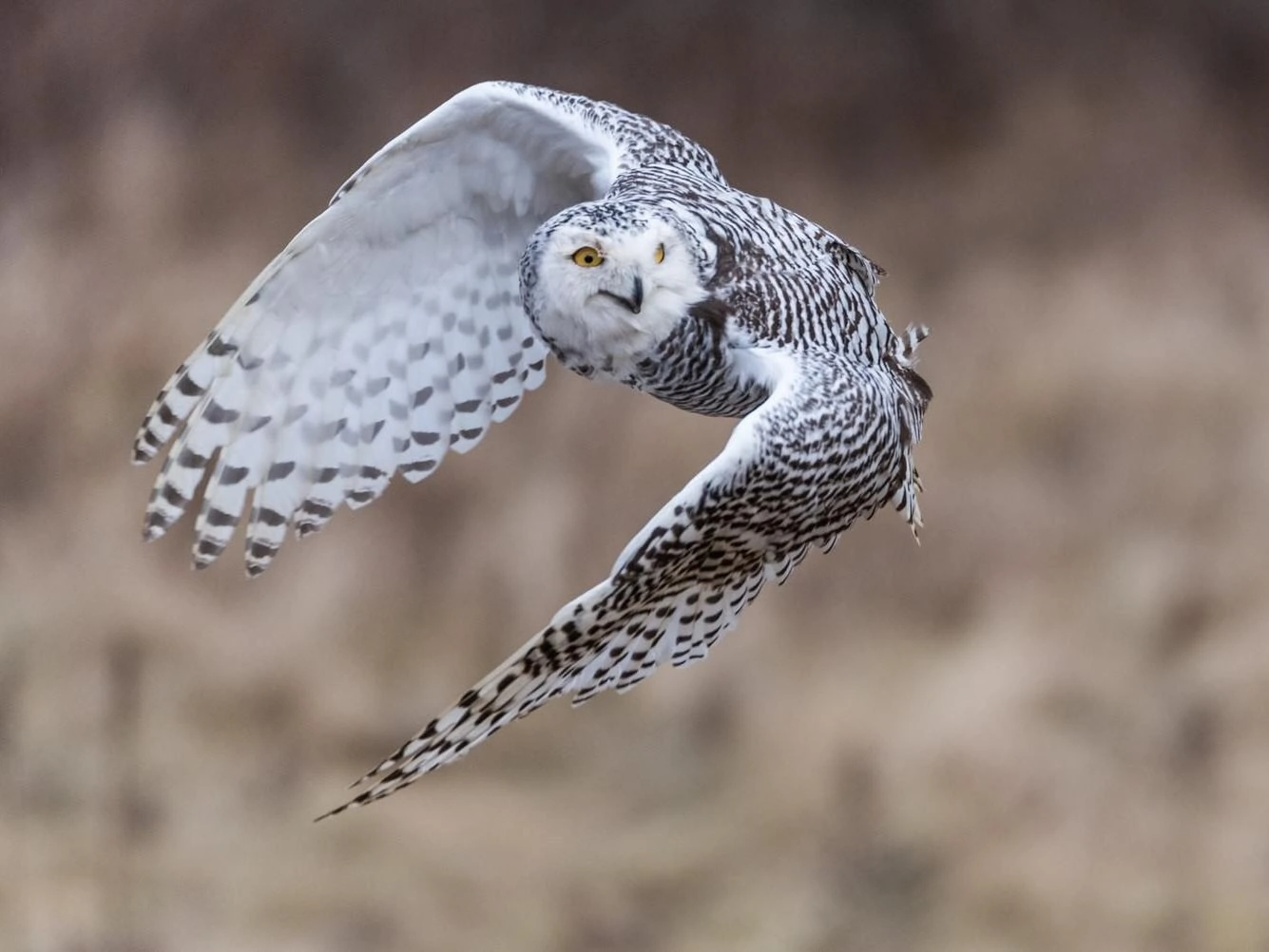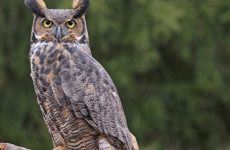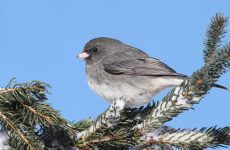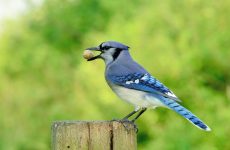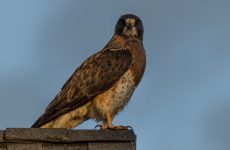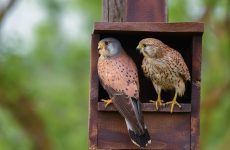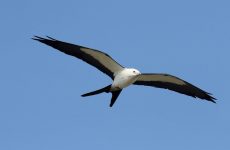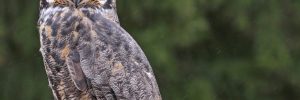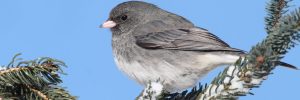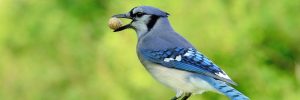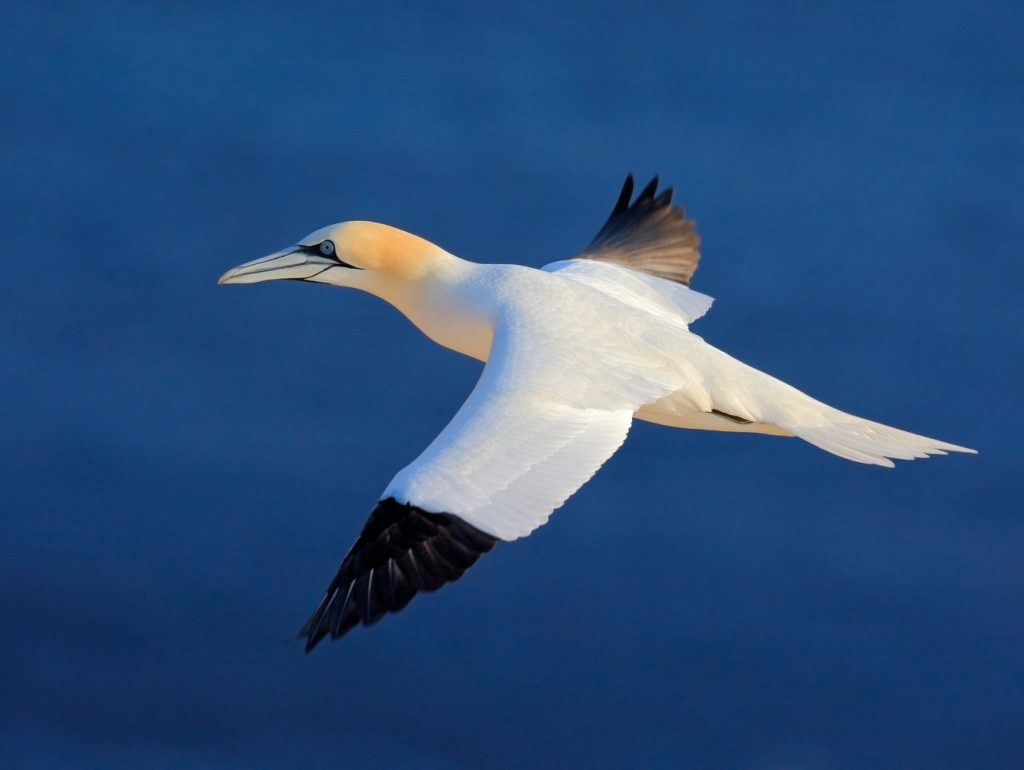
From egrets to Snowy Owls there is something mesmerizing about white birds that means you can’t quite take your eyes off of them and want to know more.
But there are so many similar-looking white birds, especially egrets, herons, and ibis. So how do you know which is which?
Well, you have come to the right place as this guide will help you identify white birds by sight and sound and know which times of the year they are in Nova Scotia to help you narrow down the options and find out more about birds near you.
White Birds In Nova Scotia By Season
White Birds in Nova Scotia all year: Rock Pigeon, Ring-billed Gull
White Birds in Nova Scotia in summer: Great Blue Heron, Northern Gannet, Common Tern
White Birds in Nova Scotia in winter: Snow Bunting, Snowy Owl, Snow Goose, Gyrfalcon
This guide will help you identify those white birds out on the water or in the woods or fields and are listed from most to least common according to checklists submitted by bird watchers on ebird for Nova Scotia.
9 White Birds In Nova Scotia
1. Rock Pigeon
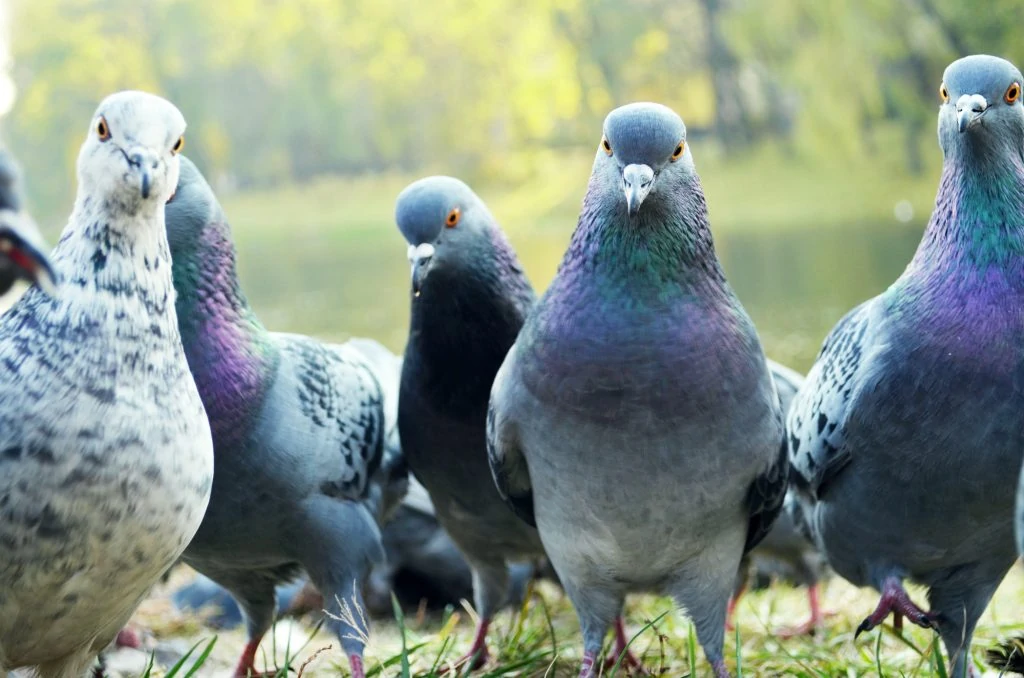
Rock Pigeons are an introduced species in Nova Scotia and they are residents of the province all year. They are recorded in 13% of summer checklists and 20% of winter checklists submitted by bird watchers for the province.
Rock Pigeons are well recognized around towns and parks and are usually blueish gray with two black bands on the wing and black on the tail tip. They have iridescent throat feathers and orange eyes.
However, they can also be white, spotted, or red.
- Columba livia
- Length: 11.8-14.2 in (30-36 cm)
- Weight: 9.3-13.4 oz (265-380 g)
- Wingspan: 19.7-26.4 in (50-67 cm)
Rock Pigeons do not migrate and can be found in all US states, southern Canada, and the Pacific Coast to Alaska.
You can find Rock Pigeons in cities, parks, and backyards, especially if there is birdseed on the ground. Some cities have ordinances against feeding pigeons as they are considered pests.
Rock Pigeon Call:
Fun Fact: Rock Pigeons have an amazing ability to find their way home using the earth’s magnetic field.
2. Ring-billed Gull
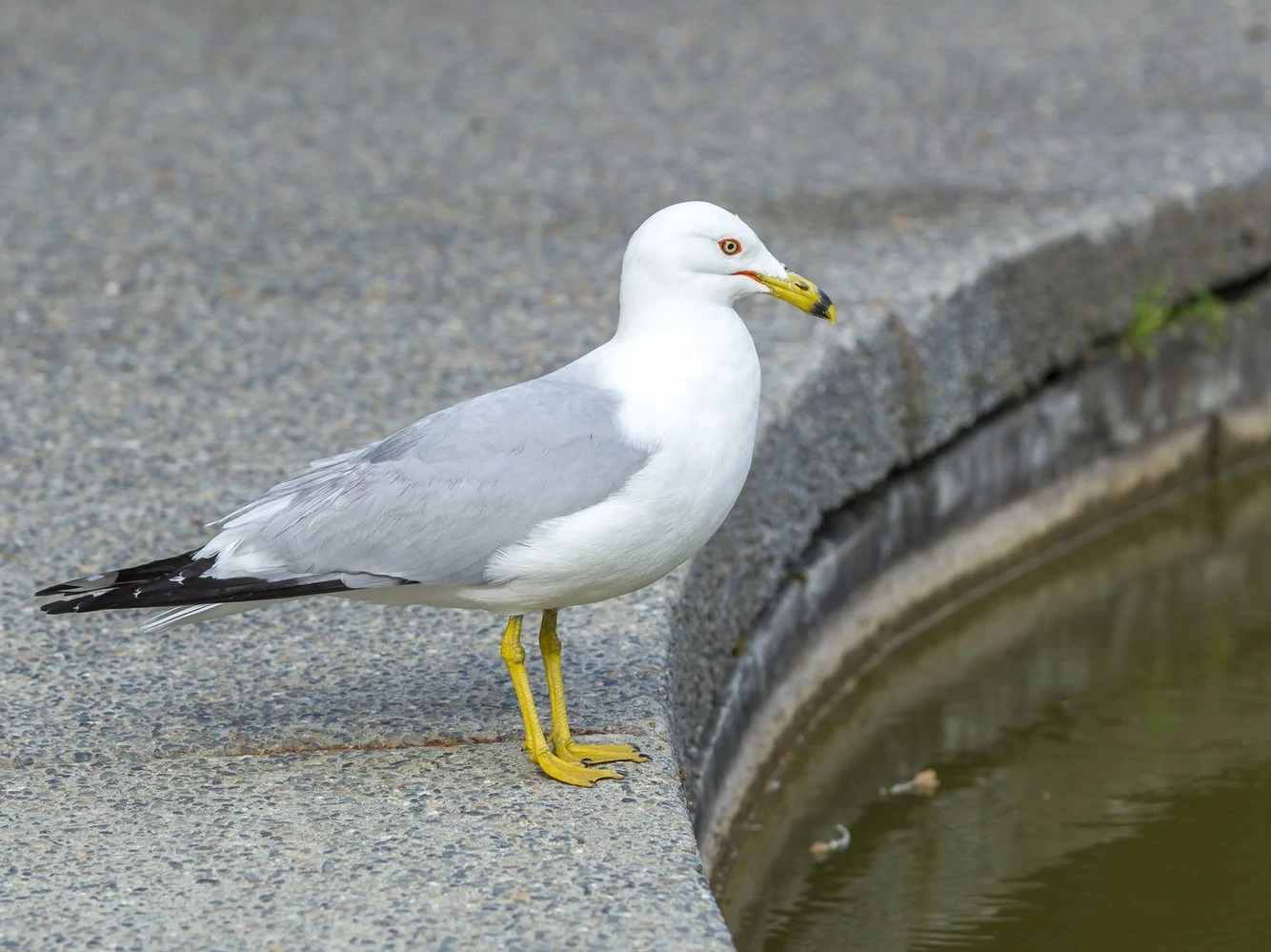
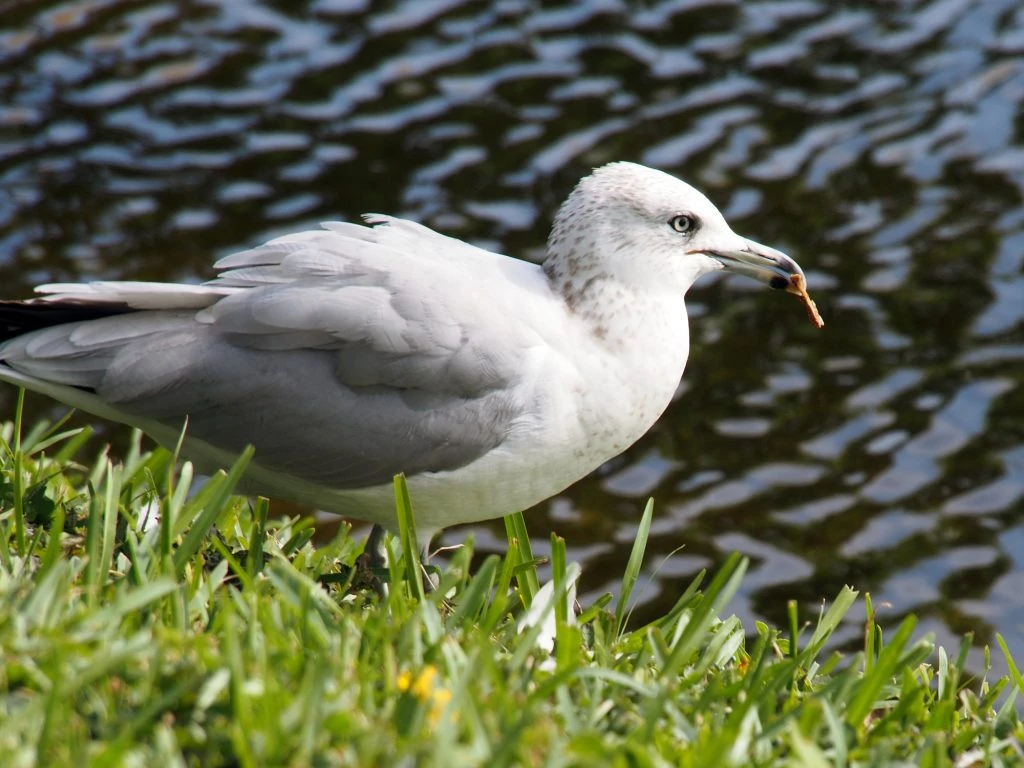
Ring-billed Gulls are spotted along the coast of Nova Scotia all year. They appear in 4% of summer checklists and 14% of winter checklists.
Ring-billed Gulls are medium-sized gulls that are easily identified because of their short, yellow bills with a black ring around them near the tip.
Breeding adults are generally white all-over except for their pale gray backs and wings with black tips and white spots. Their eyes are yellow, outlined with orange. They have yellow legs and feet. Males and females are similar.
The major differences between breeding and non-breeding adults are the light brown streaks on the heads and necks of non-breeding adults.
Juvenile Ring-billed Gulls are covered in brown streaks all over.
- Larus delawarensis
- Length: 18 – 19 in (46 – 48 cm)
- Weight: 20.81 oz (590 g)
- Wingspan: 47 – 48 in (119 – 122 cm)
Ring-billed Gulls breed in Canada and northern and northwestern US states. They migrate for winter to southern US states, the Pacific Coast, and Mexico.
You can find Ring-billed Gulls in urban, suburban and agricultural areas. They also inhabit coastal waters, beaches, lakes, ponds, streams, estuaries, and mudflats. They are frequent visitors to parking lots, landfills, shopping malls, and reservoirs where they tend to group in large numbers.
Ring-billed Gulls calls:
Fun Fact: Ring-billed Gulls are sometimes called “fast food gulls” because they often hang out near fast food restaurants and scavenge for food there.
3. Great Blue Heron
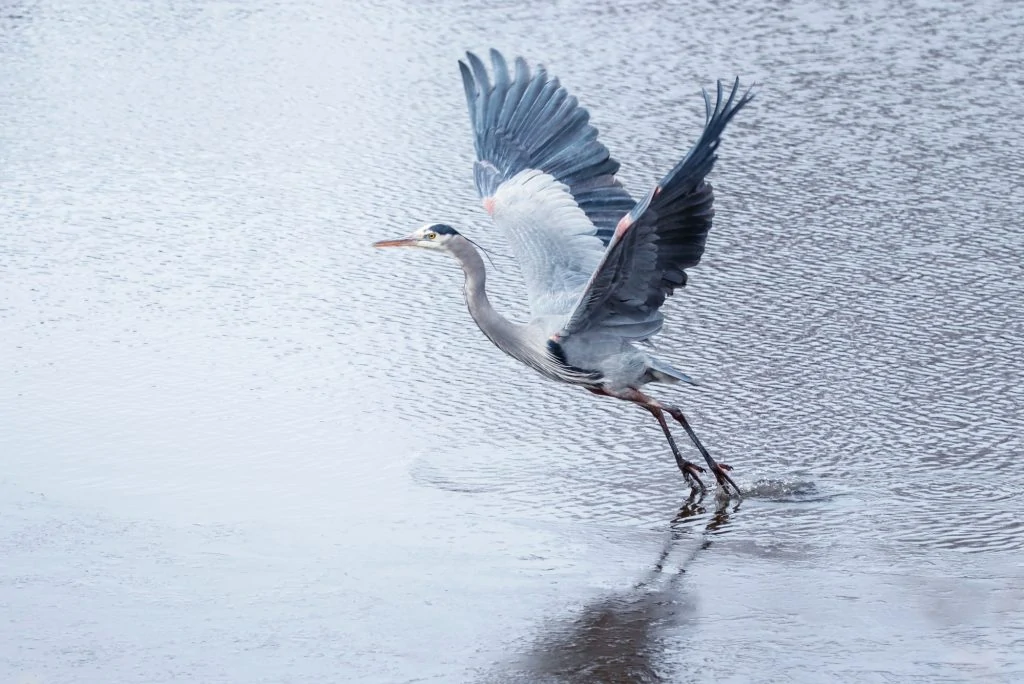
Great Blue Herons are mainly spotted along the coast of Nova Scotia during the breeding season but their numbers increase during fall migration from August to October.
They occur in 11% of summer checklists and 25% of checklists during migration.
Great Blue Herons are very large, majestic birds that are the largest heron native to North America. Their pale gray bodies can look white in flight.
They have a white face with a black crest or plume that extends from the front of their eyes to the back of their heads. Their bills are yellow-orangish.
They have long gray necks with black and white streaking in the front, pale grayish-blue bodies with dark wingtips, and long gray legs.
The Great Blue Heron has a white morph subspecies called the Great White Heron in Florida.
- Ardea herodias
- Length: 46 – 52 in (117 – 132 cm)
- Weight: 128 oz (3628 g)
- Wingspan: 77 – 82 in (196 – 208 cm)
Great Blue Herons remain in most US states all year, but those that breed in the Mid-West and Canada migrate south.
You can find Great Blue Herons in many wetland environments. They can be present in fresh and saltwater marshes, mangrove swamps, flooded marshes, lake edges, or shorelines.
Great Blue Heron Call:
Fun Fact: Great Blue Herons defend their feeding territory with dramatic wing outstretched displays, with their heads thrown back.
4. Northern Gannet
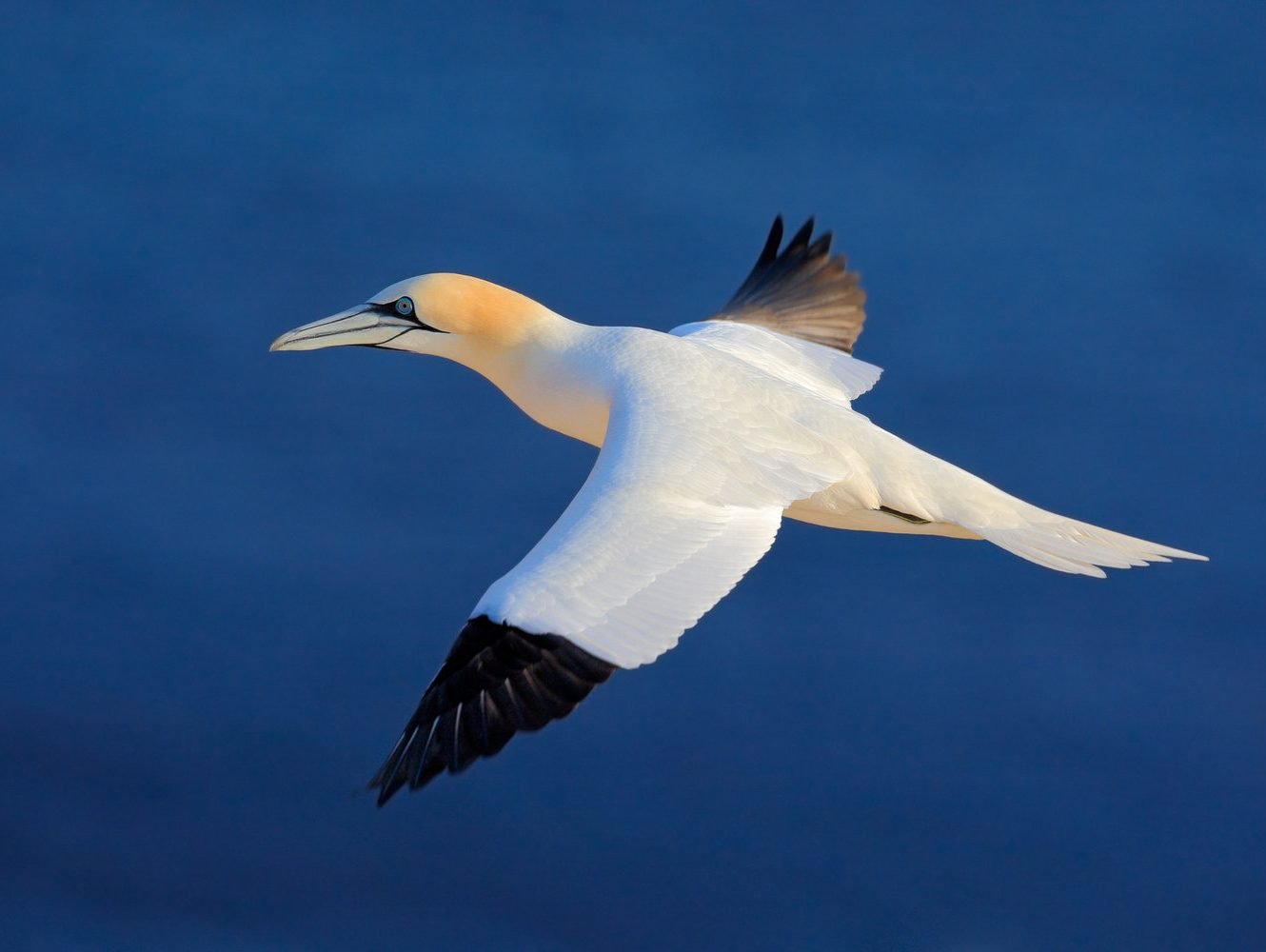
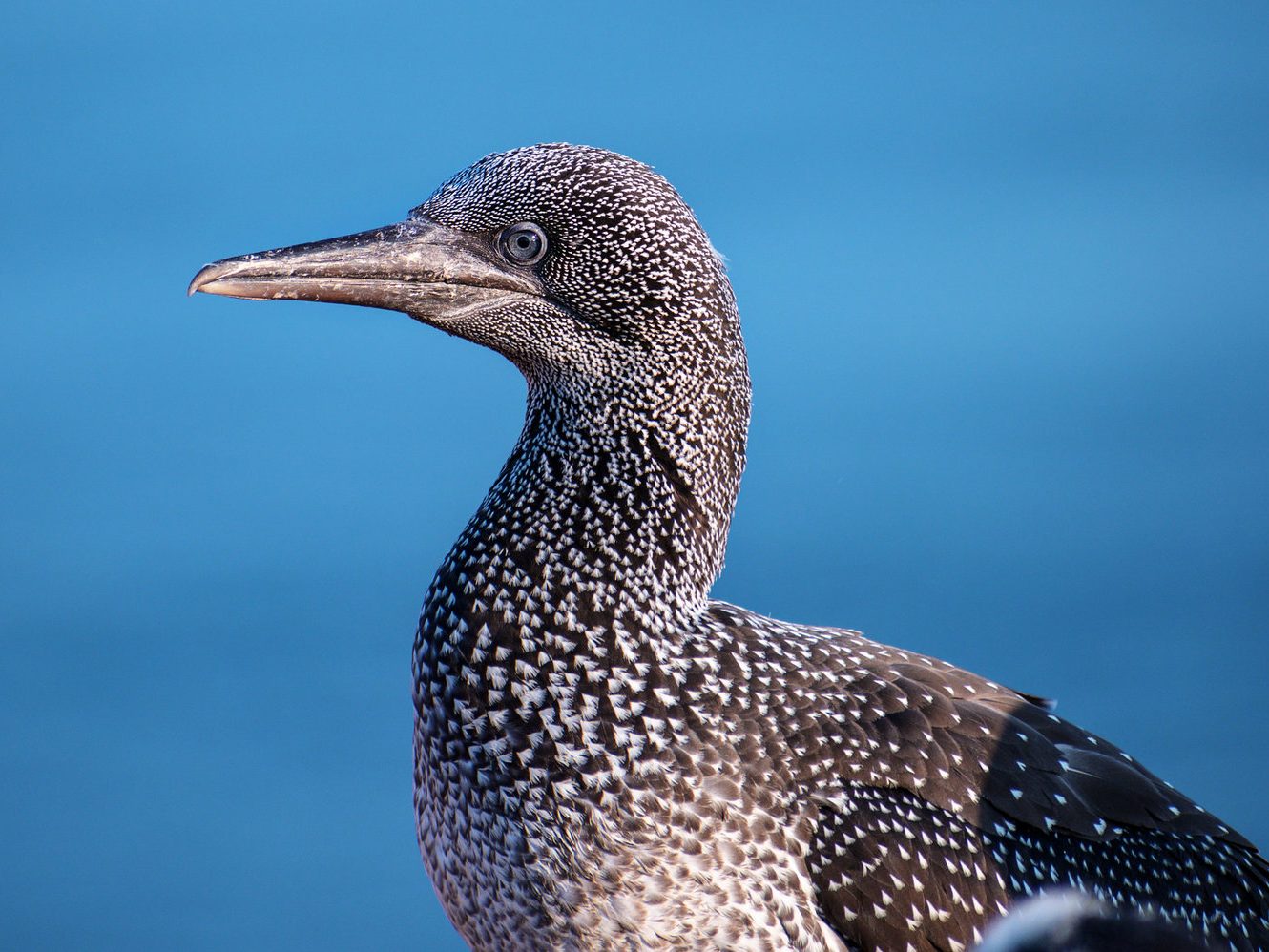
Northern Gannets spend the breeding season along the coast of Nova Scotia and they are most common from April to December. They are recorded in 4% of summer checklists.
Northern Gannets are the largest among the gannet family and the largest seabird in the Western Palearctic. Males and females are similar in size and appearance.
They are generally white with a yellow-orange buff tinge on their heads, which may be darker during the breeding season. Their eyes and bills appear to be outlined in black.
Their wings are long and slender and have a dark-brown or black edge. Their bills and feet are gray. Their tails are all-white.
Juveniles look nothing like the adults. They are brown overall with white spots. They also have no outline marking their eyes and bills. They have a white patch on their tails. Immatures appear as a combination of both the juvenile and adult.
- Morus bassanus
- Length: 35 – 40 in (89 – 102 cm)
- Weight: 104 oz (2947 g)
- Wingspan: 65 – 71 in (165 – 180 g)
Northern Gannets breed around coastal eastern Canada and spend the winter along the Atlantic coast of the United States. They are also found in western Europe and North Africa.
You can find Northern Gannets on the open ocean and large bays. Their nesting and breeding colonies are often on cliffs and rocky ledges of the Canadian Atlantic Coast. Bonaventure Island in Quebec is the largest colony in North America with 60,000 nests as of 2009.
Northern Gannet Calls:
Fun Fact: It takes Northern Gannets five years to fully grow into their adult physical appearance.
5. Common Tern
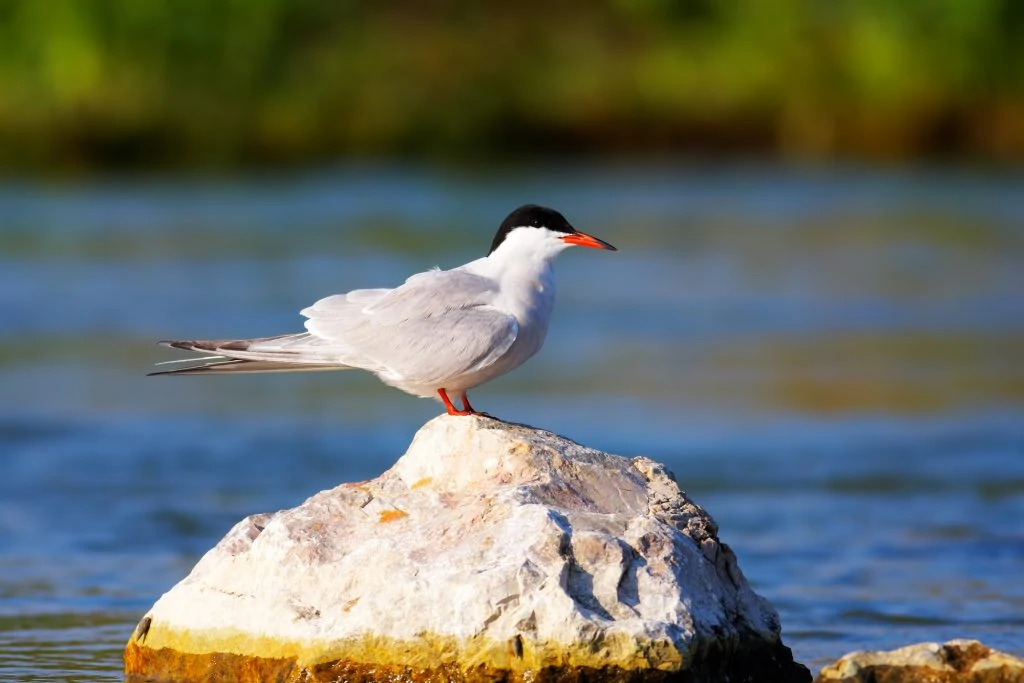
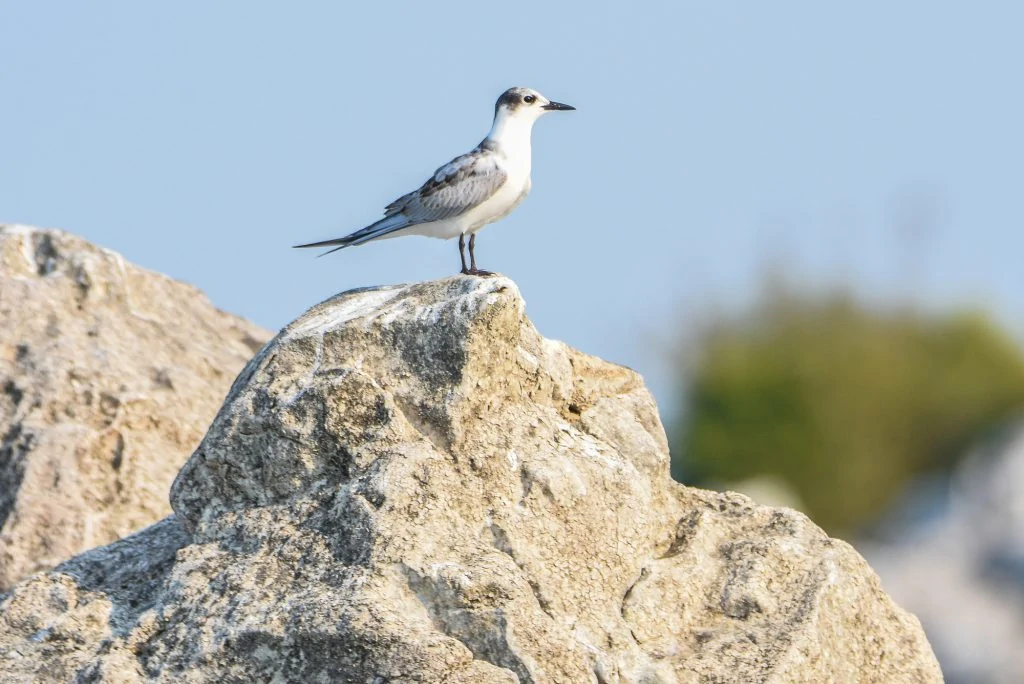
Common Terns are spotted in Nova Scotia during the breeding season, mainly along the coast. They arrive in May and start to migrate in October. They appear in 8% of summer checklists.
Common Terns are small to medium-sized seabirds considered one of the most widespread terns in North America.
Breeding Common Terns have distinct black caps and napes, white necks and chests, orange bills with a black tip, soft gray bodies which are lighter underneath, and orange legs. Their wings are dark-tipped and form a dark wedge on the upperside of the wingtips. Their tails are white and deeply forked.
Non-breeding adult Common Terns lose the front portion of their black caps and are left with white foreheads. Their bills and legs turn black.
Juveniles are a pale version of non-breeding adults.
- Sterna hirundo
- Length: 13 – 16 in (33 – 41 cm)
- Weight: 5.15 oz (146 g)
- Wingspan: 30 – 31 in (76 – 79 cm)
You can find Common Terns close to the water (whether freshwater or saltwater) as long as it’s in any open flat habitat like sand or shell beaches, firm dune areas, salt marshes, or islands during their breeding season.
In winter, Common Terns occur anywhere that has access to fish. They may be on natural sand and shell beaches, marine habitats, estuaries, and large inland lakes. They are also known to rest on boats, buoys, and piers.
Common Tern calls:
Fun Facts: In the 19th century, there was a huge decrease in the population of Common Terns due to fashion. Entire stuffed Common Terns were used to make hats in Europe and North America.
6. Snow Bunting
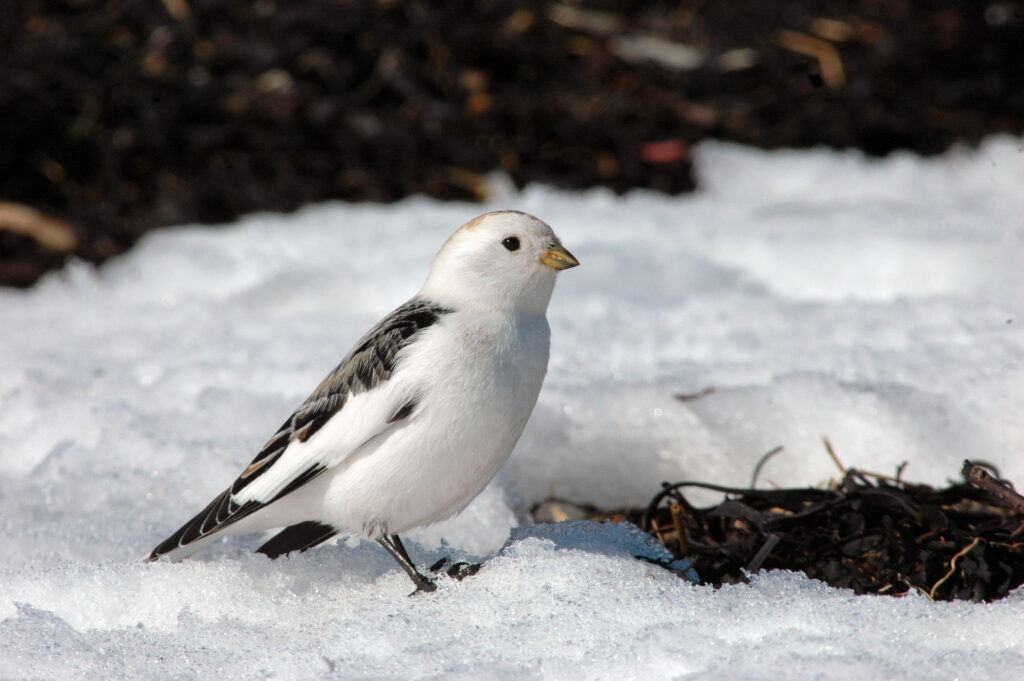
Snow Buntings are winter birds in Nova Scotia and are spotted from October to May. They occur in 2% of checklists at this time.
Snow Buntings are medium-sized, gregarious songbirds that inhabit the high Arctic.
Breeding adult males are all white except for black on their backs and wings. Breeding adult females are streaked brown on the back and pale underneath.
Non-breeding male and female Snow Buntings are quite similar with streaked backs, white undersides, and brown patches on their heads. However, non-breeding female Snow Buntings have a stronger reddish coloring than males.
Juvenile Snow Buntings are mostly gray everywhere with dark wings and lighter gray bellies.
- Plectrophenax nivalis
- Length: 6 – 7 in (15 – 17 cm)
- Weight: 1 – 2 oz (28 – 50 g)
- Wingspan: 12 – 14 in (32 – 38 cm)
Snow Buntings breed in Alaska and northern Canada before migrating to southern Canada and the United States for winter. They are also found in western Europe and eastern Russia.
You can find Snow Buntings in rocky habitats in the Arctic during summer. They will also be around areas rich in vegetation like meadows and those places with lichens. In the winter, they may be hard to find because they blend so well in their surroundings, particularly in barren fields.
Snow Buntings usually forage for weeds and seeds on the ground or collect them from flowering plants. They also occasionally eat insects and small crustaceans when near the coast.
Snow Bunting Calls:
Fun Fact: Unlike other songbirds, Snow Buntings’ feathers do not molt and change color by rubbing the brown tips of the feathers to reveal the white feathers below.
7. Snowy Owl
Snowy Owls are vulnerable species in Nova Scotia but they spend winter here from mid-October to March, and a few are also spotted until June.
8. Snow Goose
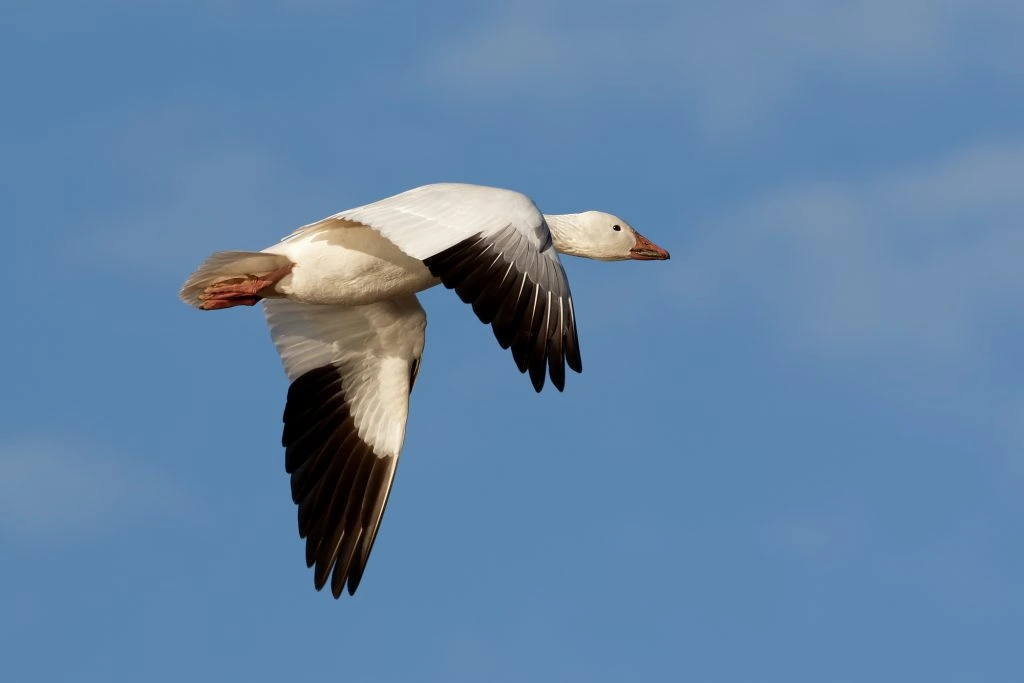
Snow Geese spend winter in Nova Scotia from September to May, but they are not very common here.
The Snow Goose is aptly named because this goose is totally white except for its black wingtips, pink bill with a black grin patch, and pink legs and feet.
Interestingly, it has another variant, called the Blue Goose, which has a white head but a dark blue-gray body. Both variants of the Snow Geese may occasionally have a “stained” head due to their feeding.
The sexes of both variants are similar though they may vary in size. Males tend to be larger than females.
Juvenile white morphs have a dusky gray-brown coloring, and juvenile blue morphs are dark gray. However, they both still have the recognizable pink bill and black grin patch.
- Anser caerulescens
- Length: 25 – 31 in (64 – 79 cm)
- Weight: 81.13 oz (2299 g)
- Wingspan: 54.3 in (138 cm)
Snow Geese breed mainly in Canada and spend winter in the United States.
You can find Snow Geese and Blue Geese together in freshwater marshes and agricultural grain fields. In winter, they favor salt marshes and coastal bays, but they still visit plowed cornfields or wetlands.
Snow Goose Call:
Fun Fact: Snow Geese choose the same color morph as themselves when breeding and will mate for life.
9. Gyrfalcon
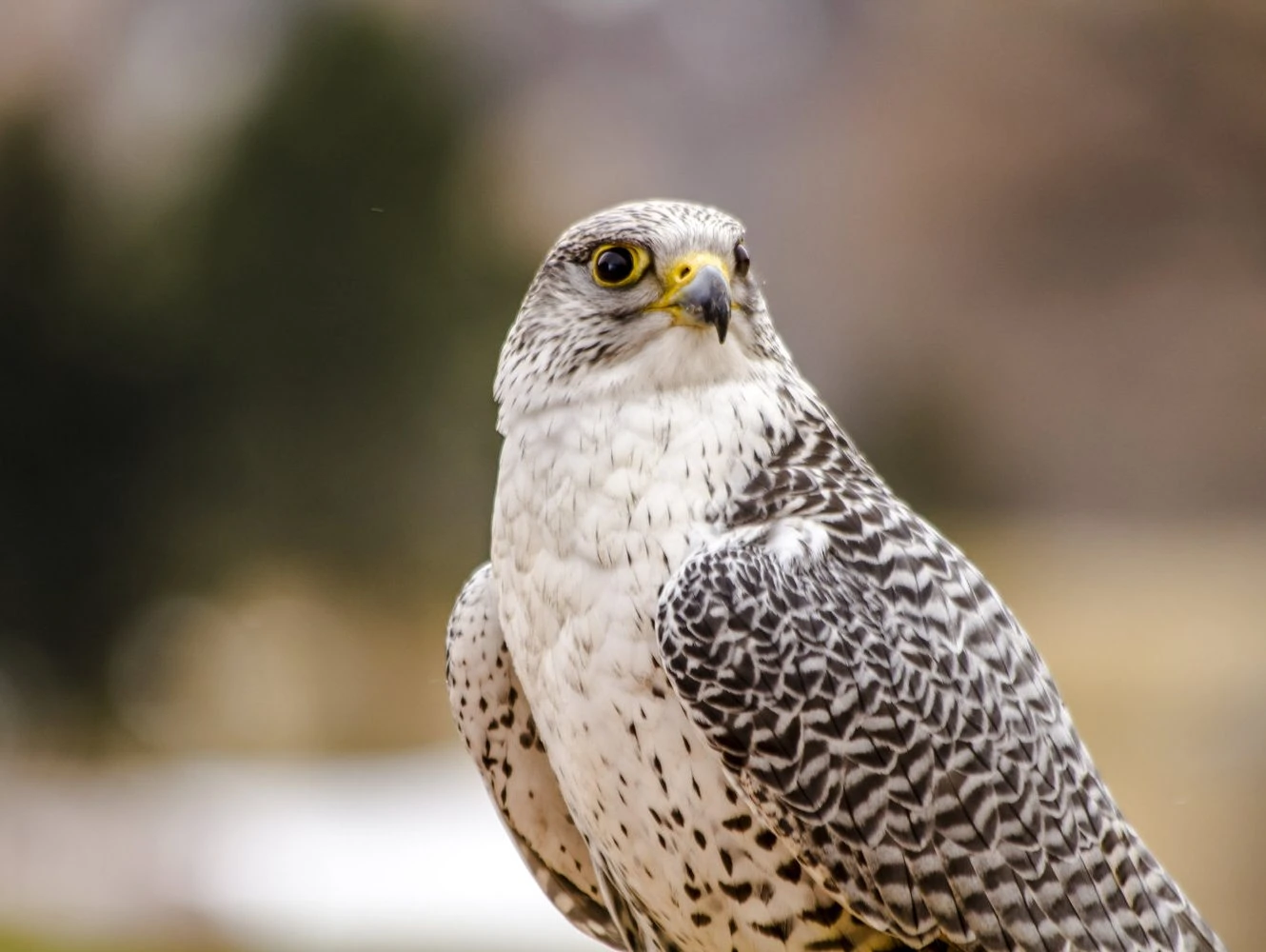
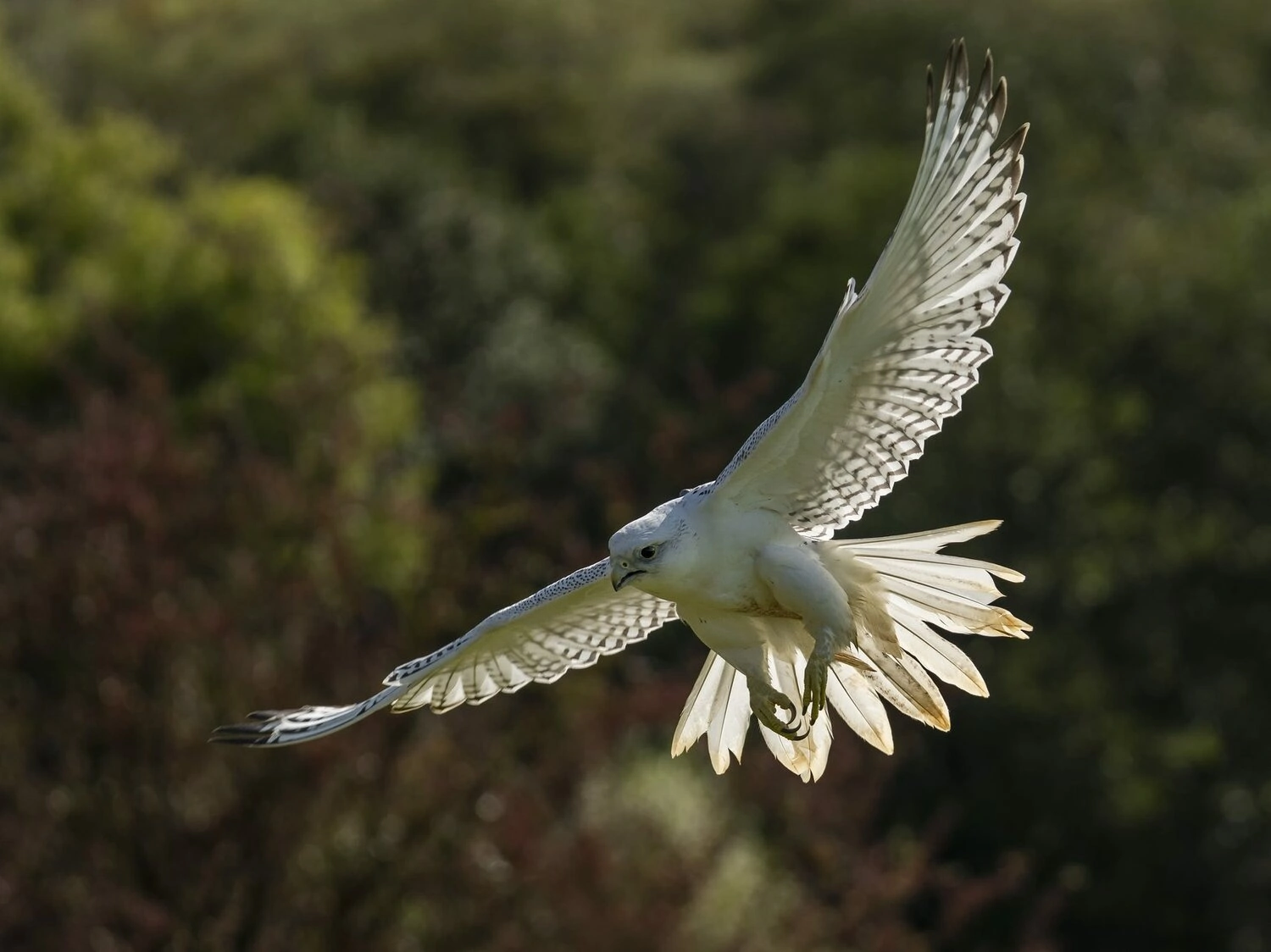
Gyrfalcons have occasionally been spotted in Nova Scotia during winter but they are not very common here.
Gyrfalcons are the largest Falcons and are apex predators of the Arctic, where they snatch birds from the sky or dive at great speed to catch unsuspecting prey from the ground.
Their coloring varies greatly but generally have three morphs – white, silver/gray, and dark. Silver/gray is most common in North America
The silver/gray morphs are heavily banded gray and white on their upperparts but some are mostly gray without obvious banding. Their underparts are evenly spotted and white at the throat. Juveniles have solid dark heads and are browner overall.
The White morphs of Gyrfalcons are white with brown/black barring on their upperparts with dark wingtips and a white tail. Some birds have barring on their tails and spots on their breasts. Juveniles are similar but have more barring on their upperparts but have faint streaks on their underparts.
- Falco rusticolus
- Length: 20 – 25 in (51 – 64 cm)
- Weight: 41.6 oz (1179 g)
- Wingspan: 48 – 64 in (122 – 163 cm)
Gyrfalcons are found predominantly in the arctic and sub-arctic around the world. Those that breed in the high arctic of Canada migrate to the rest of Canada and into the United States for winter.
You can find Gyrfalcons in one of the harshest places on earth, the arctic tundra (treeless shrublands and plains). They usually stay on cliffs near shorelines or rivers and with a vast open space where they can easily hunt prey. When they migrate during the winter, they stay in areas with plenty of birds for them to hunt, like coasts, reservoirs, grasslands, farmlands, and river valleys.
Gyrfalcon Call:
Fun Fact: When the chicks aren’t able to finish off their meal, the female Gyrfalcon will keep or store their leftovers behind some vegetation to retrieve later.
How Frequently White Birds Are Spotted In Nova Scotia In Summer And Winter
Checklists are a great resource to find out which birds are commonly spotted in your state. These lists show which white birds are most frequently recorded on checklists on ebird in summer and winter in Nova Scotia.
White Birds in Nova Scotia in summer:
Rock Pigeon 13.1%
Great Blue Heron 11.7%
Common Tern 8.3%
Northern Gannet 4.7%
Ring-billed Gull 4.6%
Snowy Owl <0.1%
Snow Goose <0.1%
Snow Bunting <0.1%
Gyrfalcon <0.1%
White Birds in Nova Scotia in winter:
Rock Pigeon 20.7%
Ring-billed Gull 14.7%
Snow Bunting 2.6%
Snowy Owl 0.9%
Northern Gannet 0.7%
Great Blue Heron 0.5%
Snow Goose 0.3%
Gyrfalcon <0.1%
Common Tern <0.1%

